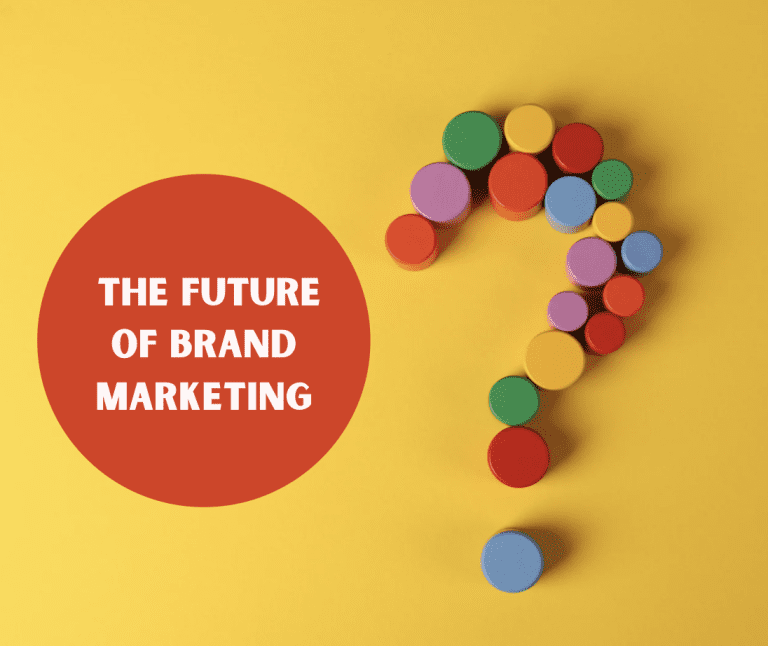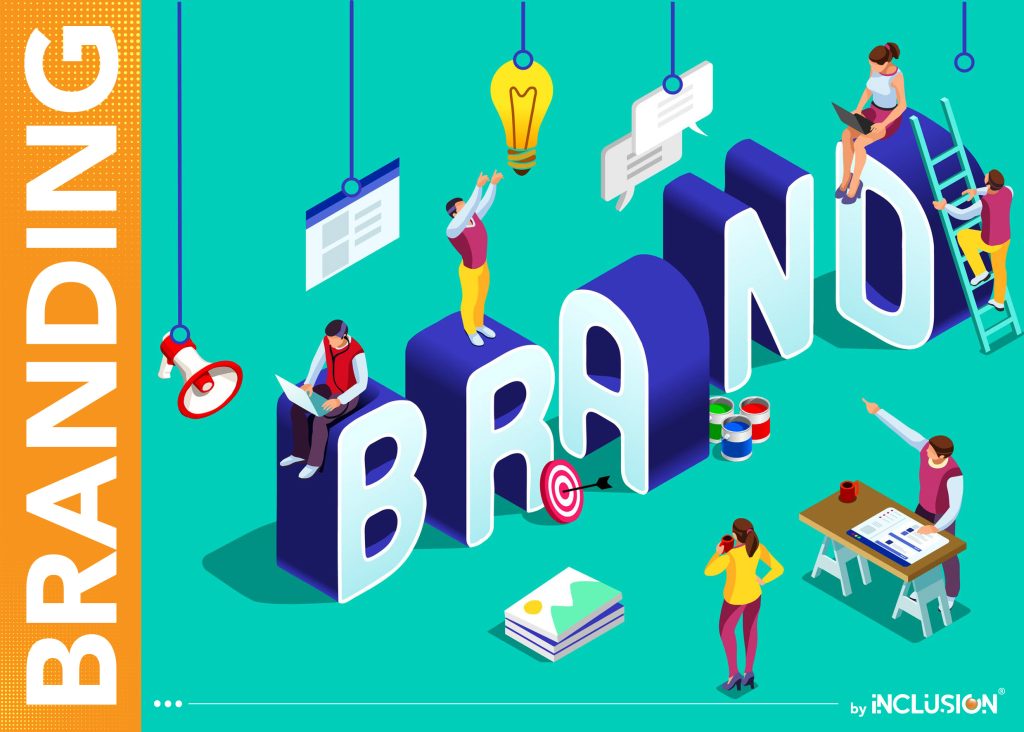What is meant by a branding?
What is meant by a branding?
A brand is defined as “a name, term, symbol, design, or any combination of these elements used to distinguish goods or services offered by a seller or group of sellers and to differentiate them from those offered by competitors.”
The tools for expressing a brand
- THe NAme of the brand:
- THe NAme of the brand:
The name should be available, meaningful, authentic, memorable, and exportable.
The logo (visual expression):
The logo (visual expression):
Drawing, printing, and colors are used to define the company’s identity.
The audio expression.
The audio expression.
Music or sound accompanying the use of the product.
4. THe quotation:
It appears in brand’s communication campaigns.
What is commercial marketing?
Commercial marketing promotes your products or services in a way that highlights your brand. The goal of commercial marketing is to express your identity, values, and personality through effective and targeted communication of your brand to your audience. Essentially, the brand acts as a bridge between your product and your customer. The importance of commercial marketing is often overlooked because it is time-consuming, so there is a greater focus on short-term marketing goals rather than long-term goals that impact the company as a whole, such as branding.
The importance of developing a strategic and consistent brand capital:
During brand building, it is important to create a long-term plan. All commercial marketing strategies should be guided by defining the company’s vision, identifying the target audience, and establishing consistency and emotional direction.
Defining the company's vision.
Defining the company's vision.

Defining the company’s vision refers to establishing the core objective and long-term vision that the company aims to achieve in the future. Defining the company’s vision is a crucial step in the brand-building process, as this primary goal represents the point that the company strives to reach and directs all its efforts towards achieving it. The company’s vision typically embodies the core goals and values that the company stands for, and elucidates how it aims to position itself in the market and how to achieve long-term differentiation and success. It is a strategic direction that guides the company’s decisions and sets its future course.
2- Defining a strategic target audience:
If you do not correctly define your target audience, your branding marketing efforts may be in vain. The target market is more than understanding basic demographic data. Many marketing experts fall into the trap of saying “I will target everyone who wants to buy my product” or “I will target all mothers in the United Kingdom.” Instead, the target market should be broken down through psychological factors and explained by creating buyer personas.

3- Be Consistent.
3- Be Consistent.
Consistency is essential for building trust and loyalty. Your message, visual aesthetics, and brand tone should be recognizable and coherent in the long term. McDonald’s is an example of a brand that has maintained one of the strongest degrees of consistency over the past few decades. When we see the famous golden arches, we can almost taste the fries or imagine being inside the restaurant.
Creating online brand consistency can be the first and most cost-effective step in developing a cohesive brand. One way to achieve this is to ensure that the way you present images and videos evokes your brand.

4- Bringing your brand marketing to life in real life settings:
You may have the best brand in terms of personality, design, content, and consistency, but if your product does not deliver on its promises to customers, all those efforts may go to waste. Product quality should be a key factor in a strong brand. When you have a poor-quality product or service, it negatively impacts customers’ perception of your brand. Furthermore, you should ensure that the focus on quality extends to all areas of the company’s interaction with customers, including social media platforms and support.
5-Invoke Emotion:
When you position your company as an indispensable brand and build loyal customers, you are indeed leveraging all the power of commercial marketing and reaping benefits in the long run.
For example, Coca Cola brand was built on establishing an emotional connection with its consumers, which is essential to its success. By achieving a lasting emotional connection between the brand and the audience, trust and loyalty are reinforced, enabling an increase in the reach and value of your brand.

The evolution of commercial marketing in branding
The evolution of commercial marketing in branding
The evolution of commercial marketing in branding has progressed over the years with the development of communication methods and the emergence of new ways to build brand images, both online and offline. Thanks to social media, brands now have a new channel to connect with their followers, gather information, and convey their values and personality. Companies are building brands through immersive digital experiences that reflect the behavior of their online followers.

In the end
In the end
Today, a strong brand needs a personality that interacts with its audience simultaneously across all platforms, from social media to billboards, and even its packaging. A modern brand can be defined as the art of representing a company’s identity based on who it is, what it does, the level of quality it offers, and its reputation.

